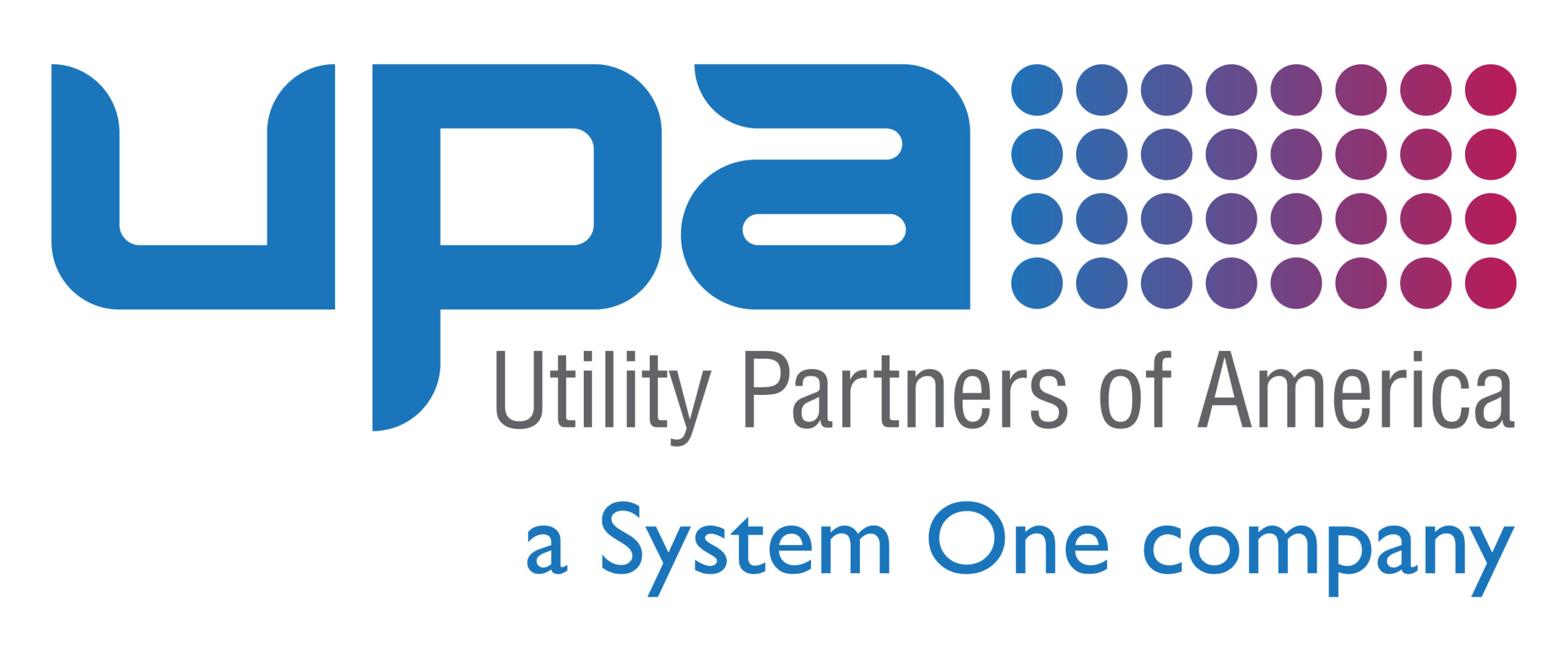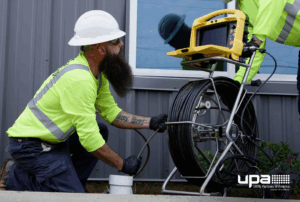When most people think of utilities, they picture industrial-sized pipes, tanks, and machinery. Infrastructure that helps deliver clean water, gas, and electricity. These elements are the foundation of utility function.
The installation/implementation of each piece of equipment or operational method is essentially a project. Something made more manageable by drafting a project plan and incorporating key performance indicators for project management. When a project balloons past original goals, it’s a serious concern. Prevent scope creep and keep your budget under control with the following five tips.
Be deliberate during the planning process
Every good project plan will include a scope of work that details exactly what’s to be delivered and how. It may be tempting to loosely define aspects of these deliverables with the understanding that everyone is on the same page. There’s a chance that that may not be the case. Your scope should be a shared vision with full alignment from all stakeholders. Allowing stakeholders to participate in the creation of the scope, will confirm clarity and encourage ownership and accountability.
Communicate early and often in the process
It’s essential that the project manager also serves as its chief communicator. In addition to a running point on the project’s planning and execution. Engage the project team throughout the process to gather feedback on how the project is going. Or, if they foresee any potential problems causing a snag in the timeline. In doing so, it’s more likely that the project team will collectively head off asks for new features once the work is off the ground.
Related: Scope of Work Contract: How To Create One
It’s called scope creep for a reason…
Scope creep builds slowly, “creeping up” from the background. Small requests and suggestions from clients build up over time. Emergencies can cause even greater setbacks. The project manager must work to recognize and investigate problems as they occur, instead of allowing issues to pile up. This avoids huge headaches and negative impacts on project timeline and budget. Finally, during the planning process, include contingency plans to access in case of emergency. This can reduce the time and expense needed to solve problems.
Create a formal change process
Well-run projects are heavily documented. From start to finish, your project will face changes to the initial plan. Those changes shouldn’t happen on the fly. A formal change process requires a ticket system or another form of evaluation where a stakeholder can submit a request for review. If the project manager and other stakeholders decide the change makes sense, they can green-light it. This entire process is documented, keeping track of all relevant details.
Related: 5 Reasons Utilities Should Embrace Digital
Discuss changes that don’t add project value
This one is not always easy, but it’s important. Discuss requested changes to ensure that it adds project value and makes sense. This is an easy way to avoid scope creep and control the budget. If a project stakeholder requests a change that does not add value and increases the budget or lengthens the project, discuss this with the requestor in an effort to ensure that the change makes sense.
Preventing scope creep is easier than you think
By simply following these five tips, your utility can avoid the addition of new features that blow the budget in the middle of a project. For more than 20 years, Utility Partners of America (UPA) has been partnering with utilities to help them operate more efficiently and find value in their projects and processes. If you’d like to hear how we can help you, contact us today.




